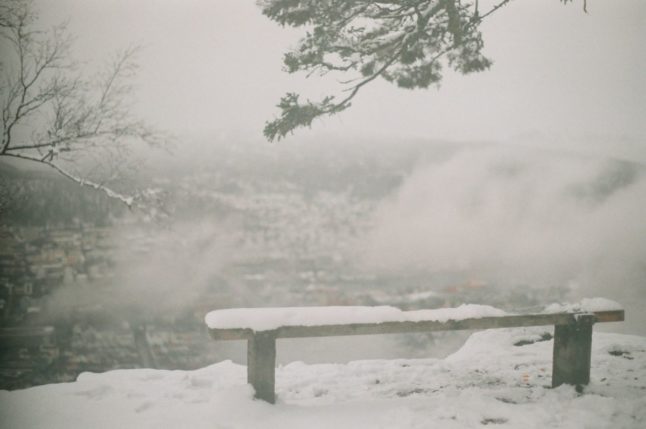Travellers in Bergen have been told that more snow on Friday would likely pose extensive problems for Bergen’s public transport network.
“Slippery roads have been reported in several places in the county, which is now causing some delayed departures. We, therefore, ask travellers to allow plenty of time,” public transport firm Skyss wrote on its website.
“Difficult driving conditions on certain sections can also lead to departures having to be canceled at short notice. Also, be aware that when the roads are very slippery, the buses may have problems stopping at parking spaces on uphill slopes,” it added.
More than 38 centimeters of snow was measured in Bergen on Friday morning, the most snow the city has seen in January since 1987, according to meteorologists.
An orange warning of up to 40 centimetres of snow was in place in the counties of Vestaland and Rogaland on Thursday and Friday. Orange alerts are for serious weather situations and are issued when the institute expects extensive consequences.
Both buses and light rail have been disrupted in Bergen due to the weather. Certain stops and routes were not in operation due to the storm.
Skyss has a full overview on its website of routes and services that were disrupted due to the weather.



 Please whitelist us to continue reading.
Please whitelist us to continue reading.
Member comments